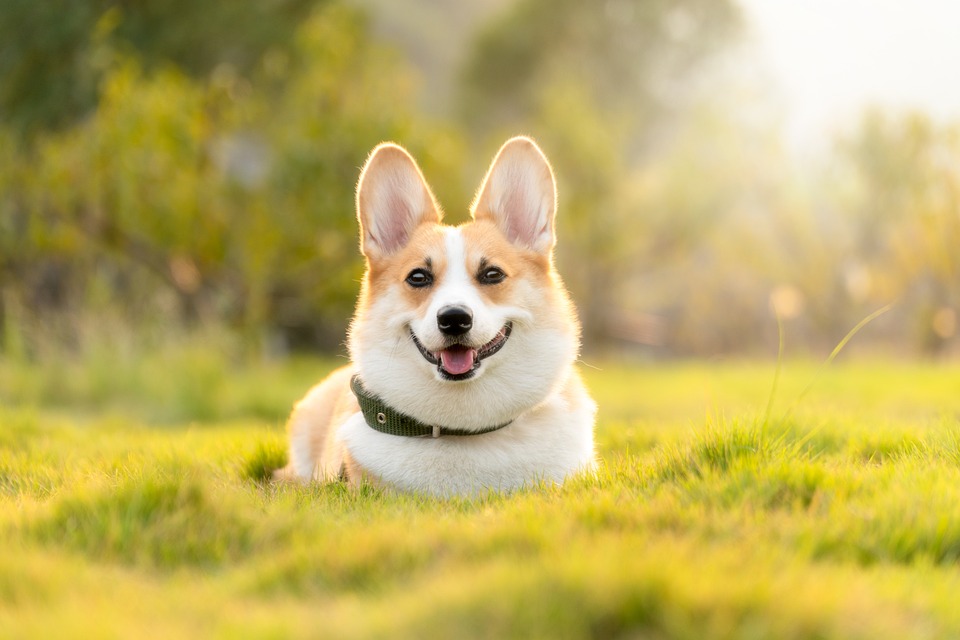Thunderstorms and fireworks can be extremely distressing for dogs, causing them to exhibit fearful and anxious behaviors. However, with the right training techniques and strategies, you can help your furry friend stay calm and composed during these loud and unpredictable events. In this article, we will explore effective methods for training your dog to remain relaxed during thunderstorms or fireworks, helping them overcome their fears and anxieties.
Understanding Your Dog’s Fear and Anxiety
The first step in helping your dog overcome their fear and anxiety is to understand the symptoms and triggers. Some common symptoms of fear and anxiety in dogs include pacing, panting, excessive drooling, trembling or shaking, hiding or seeking shelter, and excessive barking or whining. It’s important to recognize these signs so you can address them appropriately.
Identifying the triggers is also crucial. For many dogs, loud thunder or firework noises can be the main trigger. Additionally, associated visual stimuli such as flashes of light or fireworks in the sky, as well as changes in barometric pressure, can also contribute to their fear and anxiety.
Training Techniques for Calm Behavior
1. Desensitization: Desensitization involves gradually exposing your dog to the sounds of thunderstorms or fireworks in a controlled environment. Start with low-volume recordings and gradually increase the volume over time. While exposing your dog to these sounds, pair them with positive experiences and rewards such as treats or playtime. This will help your dog associate the sounds with positive outcomes.
2. Counterconditioning: Counterconditioning involves creating positive associations with thunderstorms or fireworks. Offer treats, playtime, or favorite toys during these events to distract your dog and create positive experiences. Additionally, engaging your dog in training exercises or other activities can redirect their focus and help alleviate their anxiety.
3. Relaxation Techniques: Teaching your dog relaxation cues, such as “settle” or “calm,” can be beneficial in helping them remain calm during thunderstorms or fireworks. Start by practicing these cues in a calm environment, and gradually introduce them during simulated thunderstorm or firework sounds. Reward your dog for displaying calm behavior and reinforce the relaxation cues.
4. Safe Spaces: Creating a safe and comfortable area where your dog can retreat during thunderstorms or fireworks is essential. Use a crate or a designated room with calming music or white noise to mask the loud noises. Make the space inviting with a cozy bed, familiar toys, and treats. This safe space will provide your dog with a sense of security during these stressful events.
Frequently Asked Questions (FAQs)
Q1: Can I use medication to help my dog during thunderstorms or fireworks?
A: In some cases, medication prescribed by a veterinarian may be necessary to manage severe anxiety. However, it is best to consult with a professional to determine the most suitable approach for your dog.
Q2: How long does it take for my dog to become desensitized to thunderstorms or fireworks?
A: The duration of desensitization training varies depending on your dog’s individual temperament and the severity of their fear. It may take weeks or even months of consistent training to achieve significant progress.
Q3: What should I do if my dog’s fear and anxiety worsen despite training?
A: If your dog’s fear and anxiety escalate despite training efforts, it is essential to seek guidance from a certified professional dog trainer or veterinary behaviorist. They can provide specialized assistance tailored to your dog’s specific needs.
Q4: Can I punish my dog for displaying fear during thunderstorms or fireworks?
A: Punishment is not recommended as it can intensify your dog’s fear and anxiety. Instead, focus on positive reinforcement and reward-based training to help them associate these events with positive experiences.
Conclusion
Training your dog for calm behavior during thunderstorms or fireworks requires patience, consistency, and understanding. By utilizing desensitization, counterconditioning, relaxation techniques, and creating safe spaces, you can help your furry companion overcome their fears and anxieties. Remember, professional guidance is always beneficial if you encounter difficulties during the training process. With time and effort, your dog can learn to stay calm and composed, even in the face of loud and startling events.









